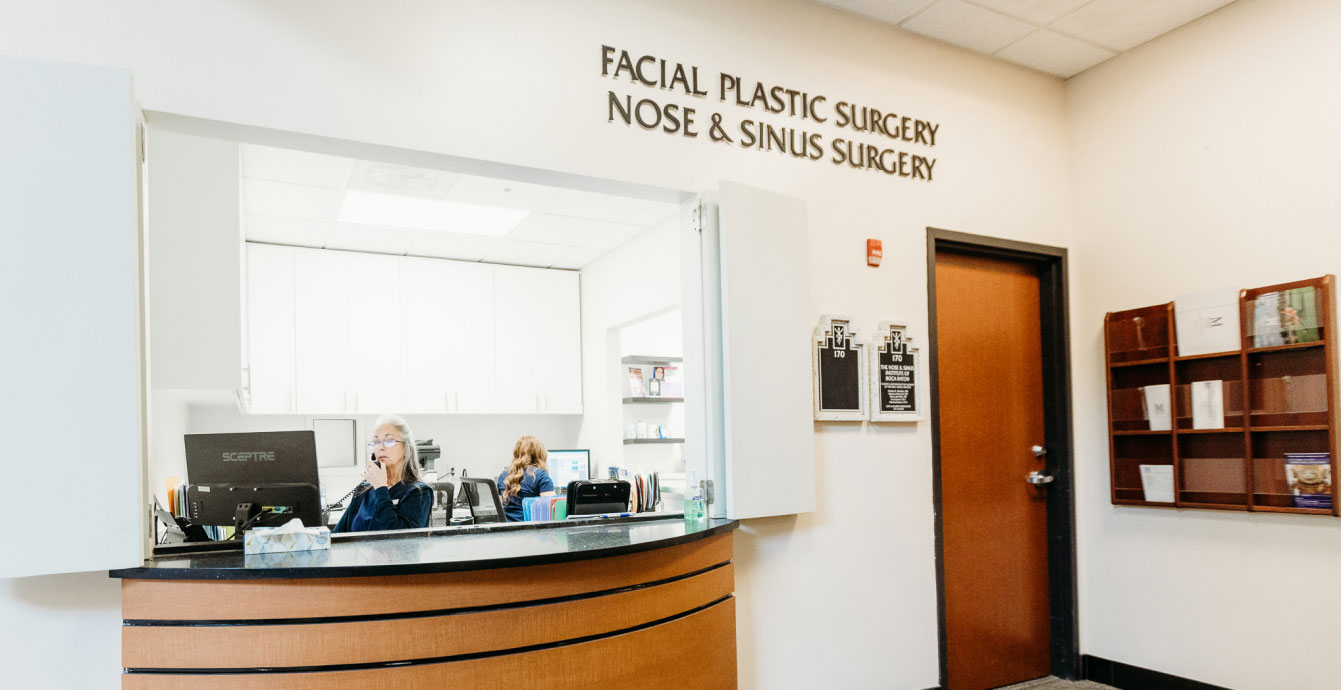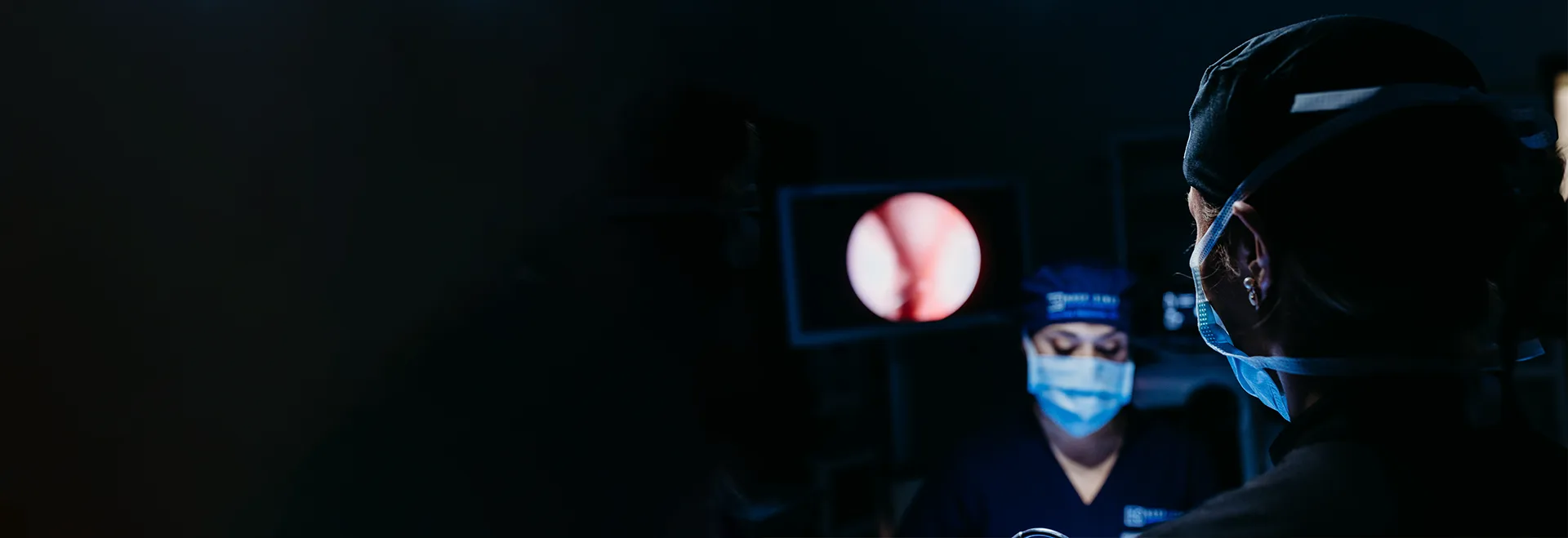
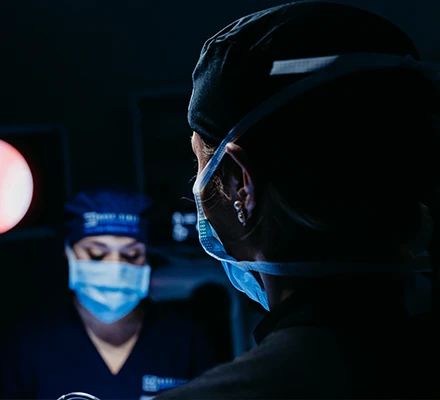
Revision rhinoplasty is a specialized procedure aimed at addressing concerns from a previous nose surgery, whether for aesthetic or functional reasons. For patients in Boca Raton considering this treatment, understanding the recovery process is essential for achieving the best results.
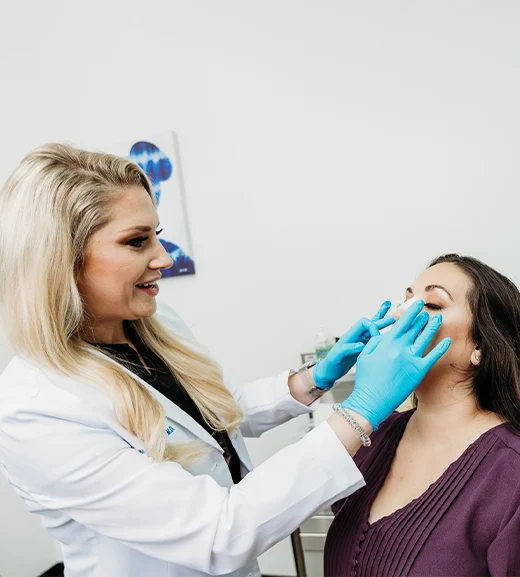
Dr. Hancock · March 4, 2025
Posted In: Rhinoplasty
Revision rhinoplasty recovery often requires more time and care than an initial procedure, as the nose may have underlying scar tissue or structural complexities. With the right guidance and patience, however, you can look forward to improved outcomes that align with your goals.
The revision rhinoplasty recovery timeline is typically over four main stages. Each phase includes specific healing benchmarks, as well as potential risks, that your reconstructive plastic surgeon is there to help you navigate.
Revision rhinoplasty is considered a more complex and advanced procedure, often involving extra surgical care to remove scar tissue buildup from past surgeries, correct and then improve misaligned nose structures, and possibly integrate cartilage and/or synthetic grafts.
Depending on your case, the first stage of revision rhinoplasty recovery is all about checking for early markers your body is adapting to the work performed on scar tissue, nose structures, and revision grafts. This occurs in your first follow-up appointment, typically scheduled 1-2 weeks after initial surgery.
At that follow-up, you’ll be checked for:
Starting around week three of your recovery, you should see and feel more pronounced signs of healing progression. You and your surgeon will particularly note:
Revision rhinoplasty requires patience, as healing is a gradual process over an extended period. While initial improvements are noticeable within the first few months, the nose continues to settle and refine well beyond that for several months.
By the three-month mark, swelling continues to subside, particularly around the nasal bridge and tip. At this stage, patients may notice:
Although the nose may appear close to its final shape, subtle swelling, especially in the tip, may still be present, particularly in cases where scar tissue was addressed.
Revision rhinoplasty reaches its full outcome anywhere from 6 to 24 months, depending on the complexity of the procedure. During this time:
For patients undergoing extensive structural revisions or multiple prior surgeries, the nose may take closer to 18-24 months to fully mature. It’s important to remain patient, follow post-operative care instructions, and maintain follow-up appointments with your surgeon to ensure optimal healing.
Why does revision rhinoplasty take longer to heal? This is because revision rhinoplasty recovery hinges on the fact these procedures must always first correct previous work performed, both structurally and aesthetically. Once these foundational corrections take place, your plastic surgeon will then integrate additional cosmetic improvements into the final vision. But with these extra layers come extra risks.
Your reconstructive rhinoplasty surgeon will provide you with a personalized post-surgery aftercare plan. This will include hygiene protocols, any prescription medications, and follow-up appointments.
Also, keep in mind these practical tips as you move through each of the revision rhinoplasty healing stages.
Always consult with your reconstructive surgeon if you have any questions about your recovery journey, even if it’s been months since you’ve undergone your original surgery.
Led by double board-certified Dr. Melyssa Hancock and board-certified, national medical honor society member, Dr. Jaclyn Klimczak, FSIBR maintains one of the best reputations for reconstructive nasal surgery and advanced revision rhinoplasty cases. The practice is one of few in Florida with two board-certified facial plastic surgeons, and together they continue to achieve remarkable results for their patients.
Unhappy with past rhinoplasty results? FSIBR is here to offer you a restart on your journey toward lasting confidence and your most natural, beautiful appearance.
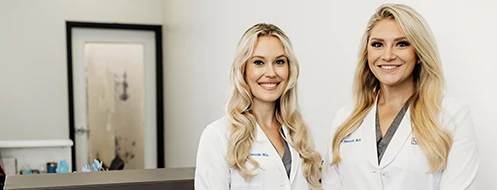
Written by Facial Surgery Institute of Boca Raton Medical Experts
